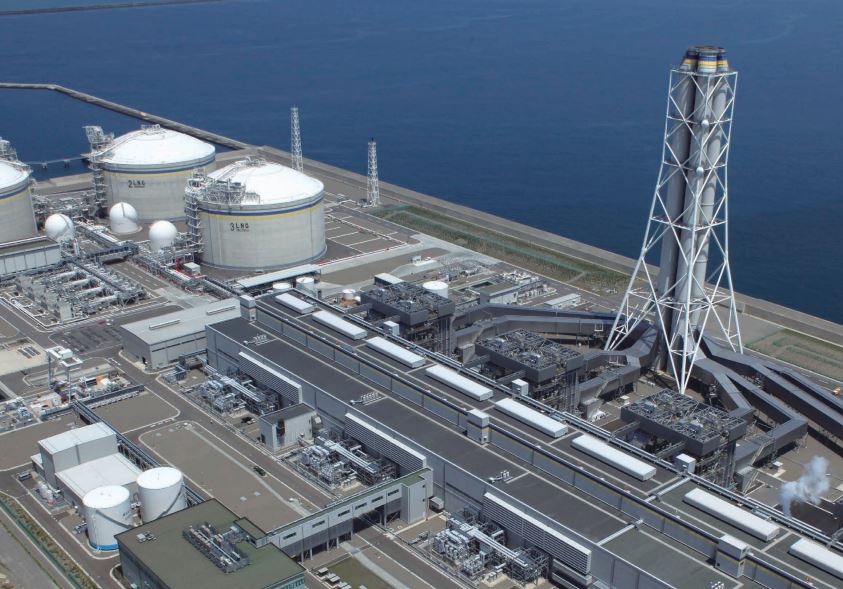Japan, the world’s top LNG importer this year, boosted its imports of liquefied natural gas in June by 1.7 percent, while prices continue to rise, according to the provisional data released by the country’s Ministry of Finance.
Last month Japan took about 5.80 million tonnes of LNG, rising slightly from both 5.70 million tonnes in June 2021 and 5.76 million tonnes in the prior month.
Also, Japan’s coal imports for power generation rose year-on-year in June.
Coal imports increased by 17.7 percent to 8.76 million tonnes, the data shows.
Prices up
Japan paid about $4.24 billion for LNG supplies in June. This marks a rise of 98.9 percent when compared to the same month in 2021, according to the data.
State-run Japan Oil, Gas and Metals National Corp (JOGMEC) said earlier this month the average contract-based price for spot LNG cargoes shipped to Japan in June had reached $23.3 per mmBtu. This compares to 31.1 per mmBtu in May.
Russian LNG deliveries rise
Looking at LNG shipments in June, deliveries from Asia from countries such as Malaysia and Indonesia rose by 16.2 percent to 1.49 million tonnes, the ministry’s data shows.
Middle East LNG shipments from countries like Qatar were down by 54.9 percent to 517,000 tonnes.
Additionally, shipments from Russia rose by 26.4 percent to 617,000 tonnes, while US deliveries dropped by 55.7 percent to 240,000 tonnes.
Top LNG importer
China became the world’s largest LNG importer last year, overtaking Japan by more than four million tonnes.
This year, the roles changed again and Japan continues to be the world’s largest LNG importer.
With the June figure, Japan took about 37.52 million tonnes of LNG in the six-month period.
This compares to about 31.26 million tonnes China imported in January-June, or more than 6.2 million tonnes.

